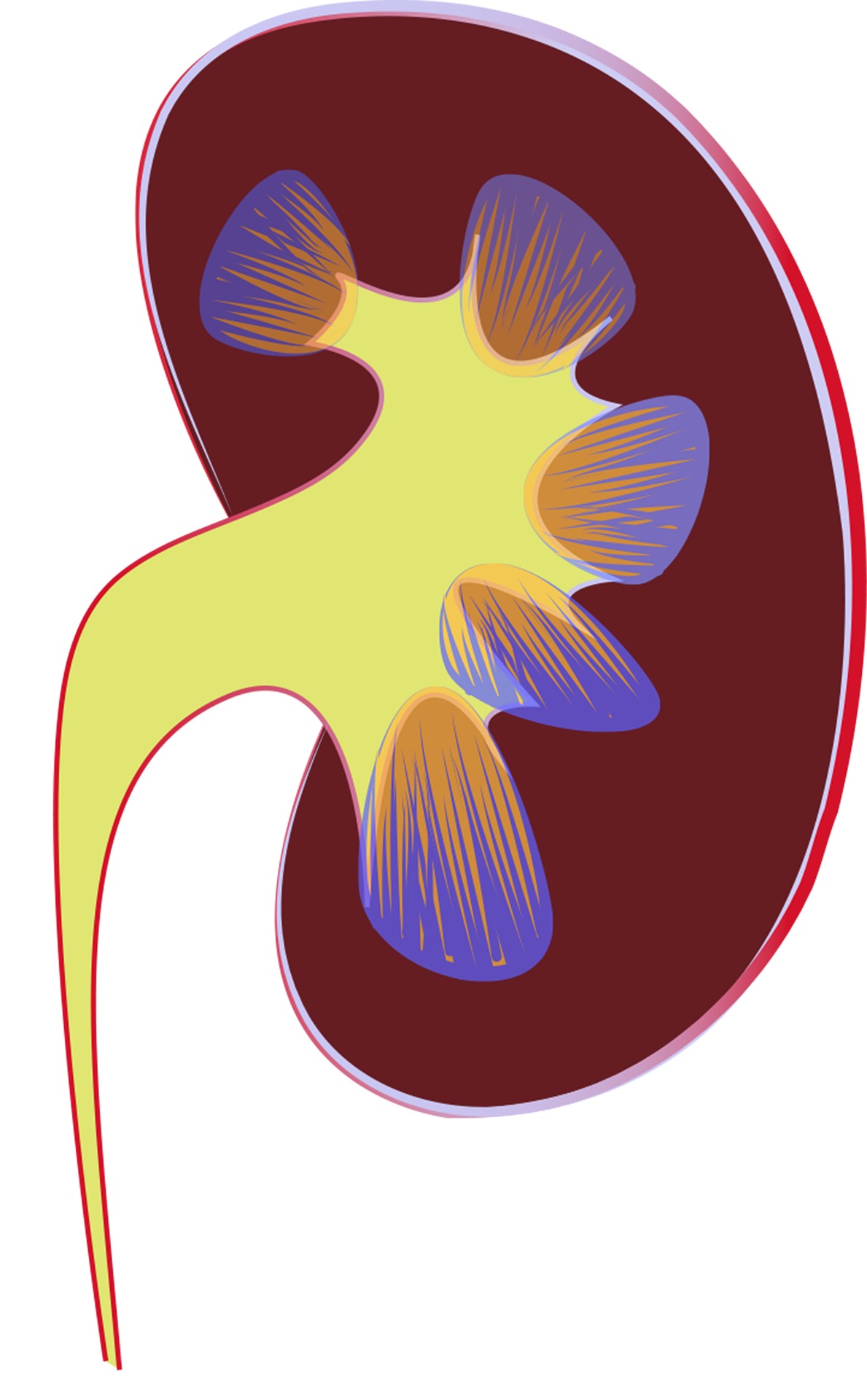Photo courtesy of Pixabay Urinary tract infections are common especially among women. Why is that? What are the symptoms of...

Photo courtesy of Pixabay Urinary tract infections are common especially among women. Why is that? What are the symptoms of...